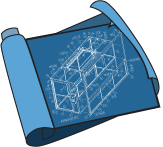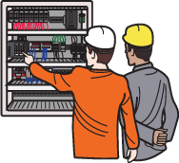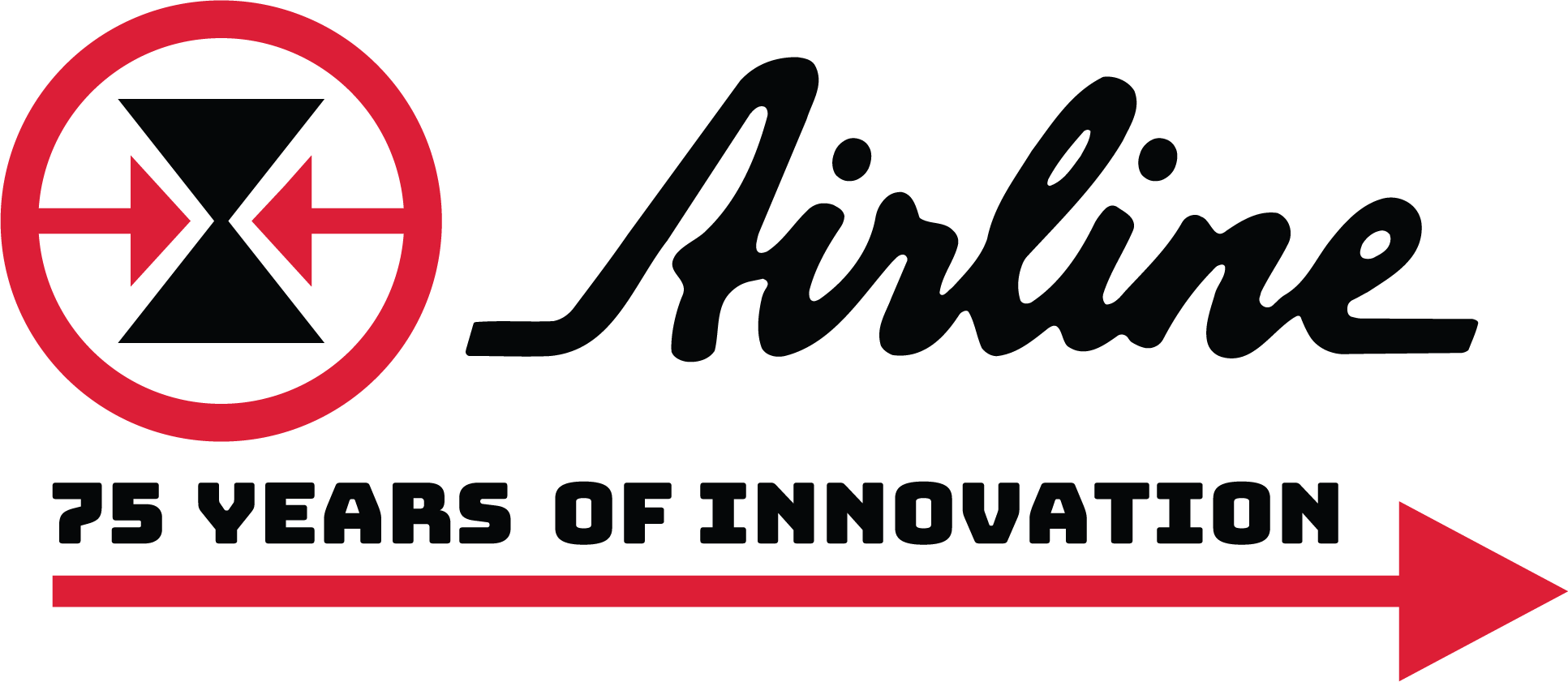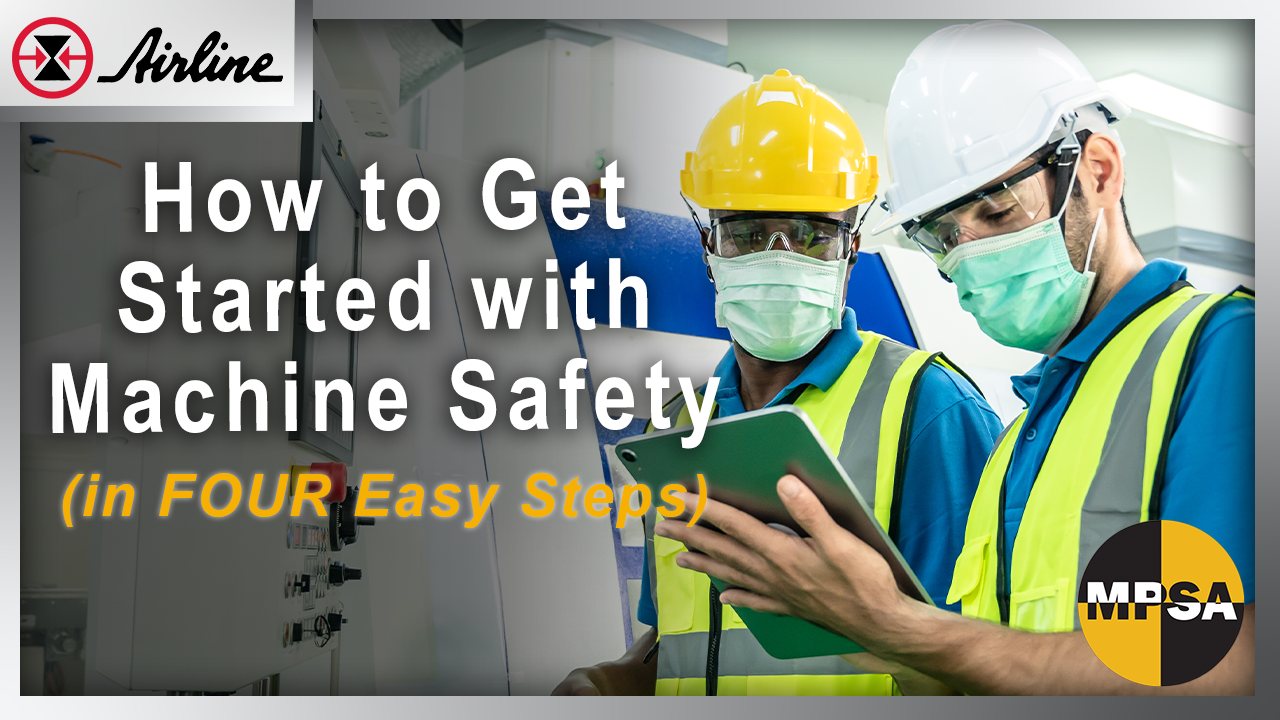|
Jump to section |
Machine Safety is too important to ignore, but often, too intimating to properly implement. For most, just knowing where or how to get started is the hardest part. If this applies to you, you're in the right spot! In this beginner's guide to machine safety, we're covering the basic steps to get you on the path to achieving safer machinery that is compliant with regulatory requirements and industry consensus standards. |
STEP ONE: Don't Skip the Paperwork!
The first step to any machine safety process is to dig up the documentation you have on your machinery and its safety design and components. The goal here is to identify whether you have any documentation or technical gaps with your machinery. Here's what you're looking to assemble:
- Accident and close-call reports that apply to the machinery.
- Operating instructions and maintenance requirements for your machinery.
- Machine Hazard Identification Reports you have on file. These could have been conducted by the Original Equipment Manufacturer (OEM), a vendor, Environment, Health and Safety (EHS), or a safety consultant.
- Lockout/Tagout (LOTO) and HECP Procedures.
- OEM documentation about your machinery.
- Management of change records.
- Technical documentation for machine safety devices. These documents should describe the safety-rated devices and identify the hazardous operations they apply to.
- All safe distance calculations for any presence-sensing machine safety devices. This is required for safety light curtains, area scanners, safety mats, and other presence-sensing safety devices. (If you can't find this, you may be able to find instructions on the safety device manufacturer's website).
- Safety control system validation documentation for the safety devices installed on your machinery.
Collecting this data may take a few days to complete, and there's a good chance you might not be able to find everything. But don't give up, and don't try this alone! Move on to the next step for more help.
STEP TWO: Form a Team of In-House Machine Safety Stakeholders
Teamwork makes the dream work! Assembling a team of internal stakeholders is key to your machine safety success. This is especially helpful if you can't find all of the documentation outlined in step one - perhaps a team member can provide this documentation. Members of this team will vary for each organization, but here's a list of common machine safety stakeholders.
- Operations
- Engineering
- Maintenance
- EHS
- Automation / Instrumentation
- Quality
These departments all need to know about future machine safety improvements and may help provide documentation and information on any past machine safety improvements.
STEP THREE: Identify Red Flags & Missing Info
Have your team analyze your assembled documentation and compare it to your actual machine installation. Is there anything missing? Are there gaps in documentation, missing or inoperable machine safety devices? Or are you finding a machine hazard that needs to be mitigated? If so, take note, and remember to implement LOTO as needed when conducting your review to look out for any of these additional red flags:
- Machine hazard identification reports should be available and include a PLr (Performance level requirement) for each safety control solution. If either of these is missing, that's a red flag.
- Consult the minimum-safe-distance-calculations to ensure presence-sensing machine safety devices are installed at the correct distance away from the hazard. If you can't ensure this, that's a red flag.
- When reviewing your safety devices, are they installed the way they're specified in their technical files? If not, that's a red flag.
- Have machine or component modifications or changes been properly reviewed by your management of change documentation? If not, that's a red flag.
- Are the selection of safety control devices, including the method of configuration and wiring consistent with your machine safety validation documents? If not, that's a red flag.
If you have documentation gaps or red flags are present, you need to pause and decide if the machine is safe to operate. If you have any doubts, your best approach is to contact a machine safety expert.
STEP FOUR: Contact a Qualified Turnkey Machine Safety Provider (like MPSA)
With your documentation in hand, reach out to a machine safety provider and communicate your concerns. I highly recommend you read our article, Never Hire a Machine-Safety Company Without Asking These 10 Questions, to learn what to look for in a machine safety consultant.
 Rest assured, with Airline's machine safety division, MPSA, this fourth step is the final stop. From here, MPSA can provide turnkey (start-to-finish) safety solutions by using the process below:
Rest assured, with Airline's machine safety division, MPSA, this fourth step is the final stop. From here, MPSA can provide turnkey (start-to-finish) safety solutions by using the process below:
1. Hazard Identification
 When it comes to machine safety, conducting hazard identification is the first step on the journey towards safer and compliant machinery. MPSA offers two scalable assessment solutions: a comprehensive safety survey, which takes approximately 1 hour per machine to complete, or a full risk assessment, which can take up to 6-8 hours per machine to complete.
When it comes to machine safety, conducting hazard identification is the first step on the journey towards safer and compliant machinery. MPSA offers two scalable assessment solutions: a comprehensive safety survey, which takes approximately 1 hour per machine to complete, or a full risk assessment, which can take up to 6-8 hours per machine to complete.
By the end of this step, you’ll receive a completed safety recommendation report and budgetary estimate. This helps prepare your team for internal budget approval by providing a list of suggested solutions and estimated costs.
2. Engineering
 Less complex machines or machine shop applications may only need safety component upgrades. But for large and complex machinery, a custom safety solution may need to be engineered to mitigate risks outlined in the hazard assessment.
Less complex machines or machine shop applications may only need safety component upgrades. But for large and complex machinery, a custom safety solution may need to be engineered to mitigate risks outlined in the hazard assessment.
In these scenarios, MPSA's engineers develop mechanical drawings and electrical and control scope documents for your review. For legacy equipment without proper documentation, they can even reverse-engineer the system to provide the required schematics!
Based on your feedback, MPSA will put the finishing touches on your engineering package to get it finalized. By the end of this step, you will receive the finalized mechanical and detailed electrical drawings, now ready to be released to fabrication.
3. Fabrication
 MPSA fabricates machine guards and assembles safety controls in ISO 9001:2015 certified facilities under strict change-control procedures. By the end of this step, your solution will be ready for installation.
MPSA fabricates machine guards and assembles safety controls in ISO 9001:2015 certified facilities under strict change-control procedures. By the end of this step, your solution will be ready for installation.
4. Installation and Project Management

MPSA will schedule and manage the installation of your new safety solution when it best suits your manufacturing or operating schedule.
5. Testing and Validation
MPSA will test the new machine guarding & safety control system to verify all risks are eliminated or controlled. A validation report will be generated to acknowledge the required safety function is in conformance with ISO 13849-2 and meets all other relevant requirements.
6. Train and Maintain
MPSA will train your staff on how to use, monitor and maintain your safety system. We can even create customized training videos for your continuous use. As a division of Airline, we also offer online ordering of spare parts and services at www.airlinehyd.com.
Conclusion
With this four-step plan, knowing how and where to get started with machine safety is easier than ever. Once you and your team start implementing these steps, you will be on your way to reaching machine safety success. And if you need any help along the way, machine safety experts at MPSA are always available for guidance and support.
Have a question about this article? Let me know in the comments!
Beginner-Friendly Resources
- MPSA's Six-Step Safety Process
- Machine Safety Frequently Asked Questions
- Machine Safety Training Information
Intermediate/EHS Resources
If you're not a beginner and ready to dive into all of MPSA's information, check out our additional resources below:
- MPSA's full website
- 6 Most Commonly Overlooked Machine Safety Requirements
- How Do I Get My Machine Safety Program Started? (A Recorded Webinar)
- Are Machine Safety Concerns Keeping You Up at Night? (Sounds like you're in the Gray Space)
- Glossary of Machine Safety Standards and Regulations
Contact Info
- Request a Hazard Assessment from MPSA
- Contact MPSA Online
- Call 844-267-7272
- Email sales@mpsasafety.com








Leave Comment